Ideas for Personnel Prep Programs Using Paths to Literacy
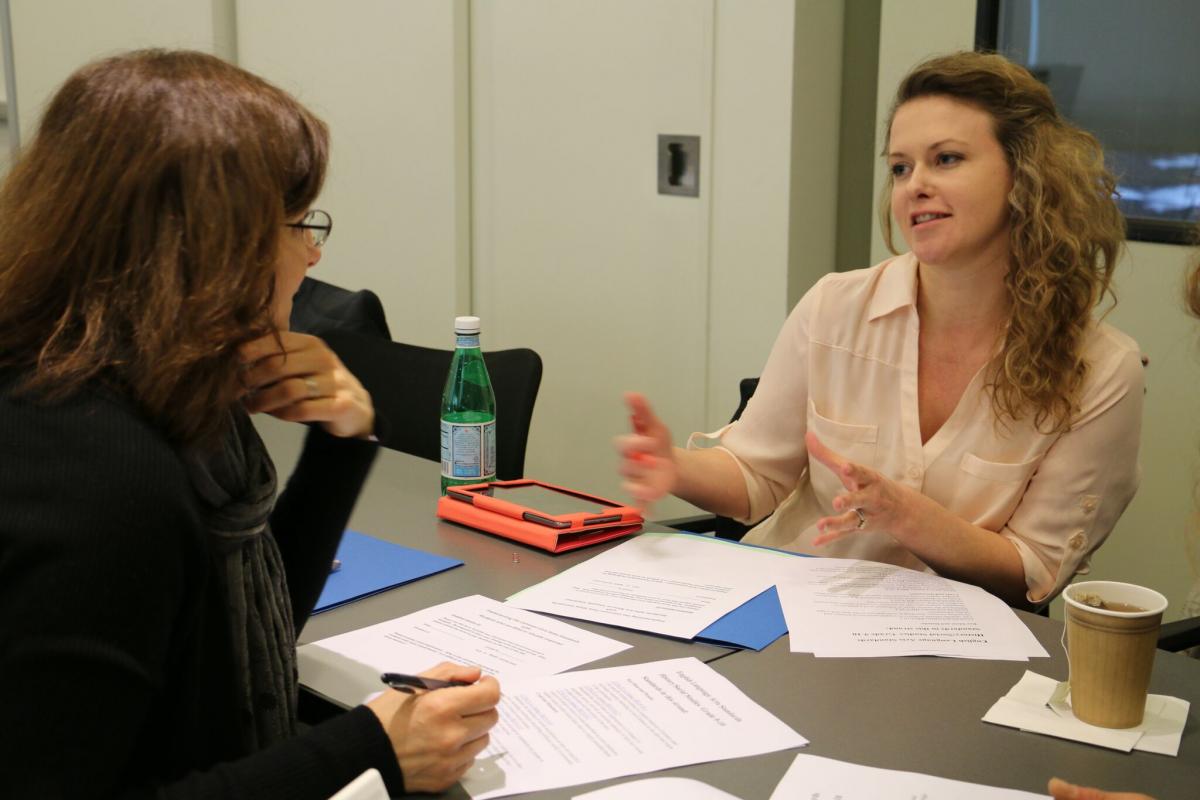 In the five years since Paths to Literacy was launched, we have found a growing number of personnel preparation programs are using the Paths to Literacy website as part of their coursework. There are programs around the world training people to become TVIs (Teachers of Students with Visual Impairments), as well as Certified Orientation and Mobility Specialists (COMS), Speech Language Pathologists, Special Educators, and other related positions. Programs often ask us about how they might use our website with their students and we wanted to share some ideas.
In the five years since Paths to Literacy was launched, we have found a growing number of personnel preparation programs are using the Paths to Literacy website as part of their coursework. There are programs around the world training people to become TVIs (Teachers of Students with Visual Impairments), as well as Certified Orientation and Mobility Specialists (COMS), Speech Language Pathologists, Special Educators, and other related positions. Programs often ask us about how they might use our website with their students and we wanted to share some ideas.
1. Invite students to register on the site.
This is an easy first step and a good way to get students involved in exploring the site. Many students appreciate learning about this site while they are becoming teachers, so that they will be able to add it to their professional toolbox for when they are out in the field. One tip is to encourage students to use a permanent email address, rather than their temporary school address.
2. Organize a Scavenger Hunt on the site.
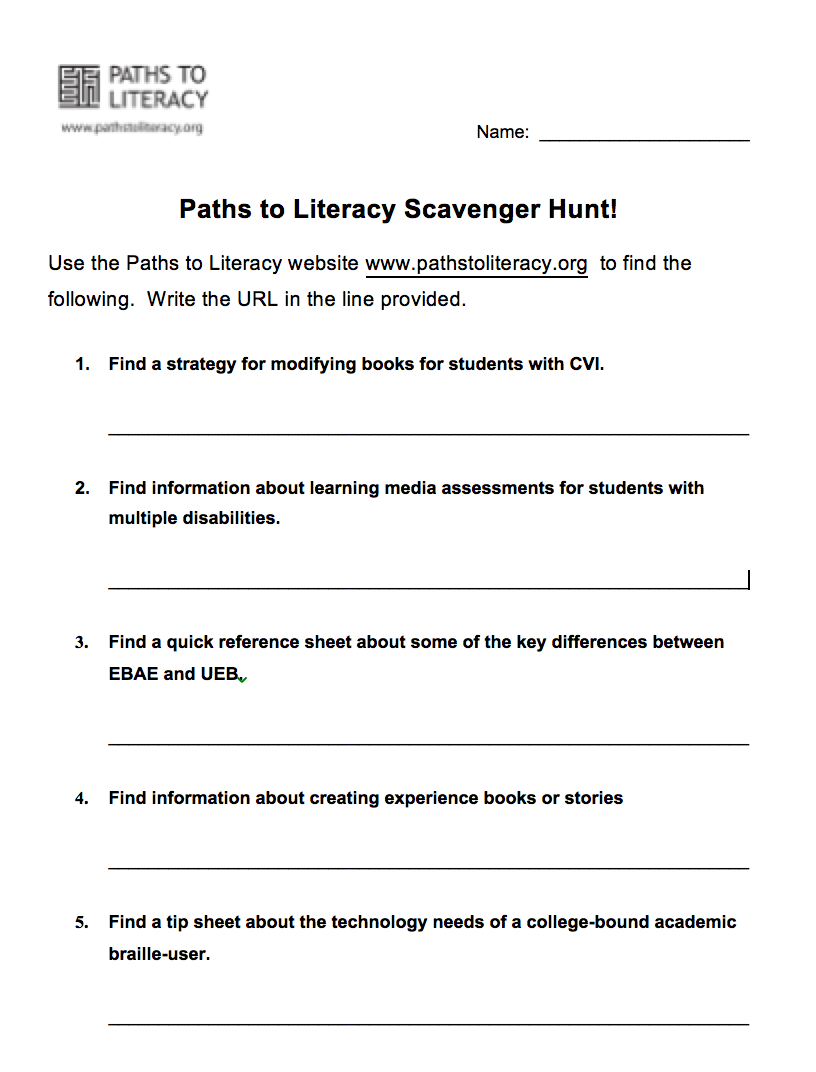 A Scavenger Hunt is a great way to invite people to delve more deeply into the site. You can make up your own list, or try some of these examples:
A Scavenger Hunt is a great way to invite people to delve more deeply into the site. You can make up your own list, or try some of these examples:
- Find a strategy for modifying books for students with CVI.
- Find information about learning media assessments for students with multiple disabilities.
- Find a quick reference sheet about some of the key differences between EBAE and UEB.
- Find information about creating experience books or stories.
- Find a tip sheet about the technology needs of a college-bound academic braille-user.
3. Use the site to provide concrete examples to support lecture content.
4. Assign a Webquest.
Deedra Finch teaches in the Vision Teacher Preparation Program at Trevecca Nazarene University and she has weekly "webquest" assignments where she asks her students to search and find resources on the internet. She notes that Paths to Literacy comes up a lot and this gives her students an opportunity to explore some of the available resources.
5. Ask students to post projects or assignments on the site.
A number of different personnel prep programs have done this.
Games
Nicole Johnson, from Kutztown University, has encouraged her students to share ideas for games. Here are a few examples:
Formal Presentations
Undergraduate students from Kutztown University have been active participants in the annual CEC (Council for Exceptional Children) Conference and have been generous about sharing their presentations on the site. Here is one example:
Class projects
As part of the graduate coursework for Visual Impairments and Multiple Disabilities in the Teacher Preparation Program in Visual Impairments at the University of Kentucky, Gerald Abner asks his students to make books accessible to students with visual impairments and additional disabilities in four different formats: Story Box, Tactile Symbols, Picture Symbols, and Talking Books. Their final projects are available on this site:
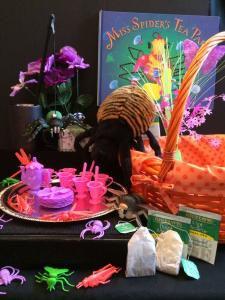
2017
- Bear Feels Sick
- Dragon Was Terrible
- Flush
- Giraffes Can't Dance
- Goodnight Moon
- Growing a Rainbow
- Guess What?
- If You Give a Mouse a Cookie
- The Little Old Lady Who Was Not Afraid of Anything
- The Little Red Hen
- The Miraculous Journey of Edward Tulane
- Pete the Cat: Rocking in My School Shoes
- Pooh's Secret Garden
- Where There Once Was a Wood
2016
- Alice the Fairy
- Are You My Mother?
- Bear and Hare Go Fishing
- Corduroy
- Ferdinand the Bull
- If You Give a Mouse a Cookie
- If You Take a Mouse to School
- Miss Spider's Tea Party
- Pancakes, Crackers, and Pizza
- There Was An Old Lady
- We're Going on a Bear Hunt
Abner says, "I think it's important to connect our pre-service teachers with the online professional learning community in our field. Paths To Literacy with its wealth of information and resources is foundational to my teaching at the university level. I always look to PATHS for information on the topic I am teaching. It not only helps me confirm what I am teaching, but often leads me to many more resources to share with our pre-service teachers. I think it's important for them to see practical applications of the theories or concepts we are teaching in our coursework. Paths to Literacy provides that and then keeps them connected to that online professional community."
6. Encourage students to post comments or participate in online discussions.
Dr. Paula Conroy of the University of Northern Colorado requires a discussion each week in her courses, and sometimes she asks her students to add their discussions on the Paths to Literacy site instead. Dr. Conroy noted that while some students just posted and did not "discuss", this was a good start for many of them. She also noted that it takes a lot for some learners to even comment as they see the big names on the site and don't think they can contribute. She tells them that the site is for learning and unless they say something inappropriate in nature, adding their input is "all good".
We were especially impressed by the reference citations and the depth of some of these comments! Here are some sample comments from her class:
7. Invite students to follow Paths to Literacy on social media.
We invite people to follow us on whichever platform they find most helpful and easy to use. Many people in our Community of Practice follow us on social media in addition to or instead of following us here on the actual website. There are advantages and disadvantages to each of the platforms and we encourage students to try each of the options!
In addition to posting all of the new activities and blog posts from the site, we post many news items and things we find of general interest related to literacy and visual impairment.
Many readers choose to follow u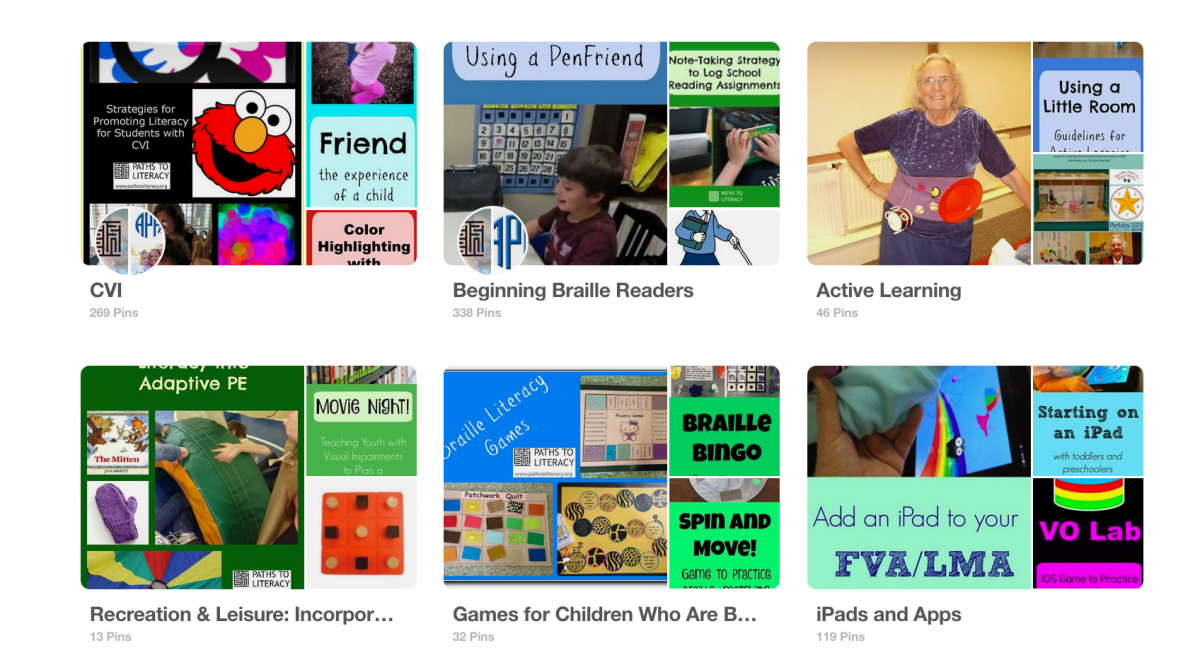 s here, as Pinterest "boards" are a quick way to organize ideas and information. You can follow our boards on a range of topics, such as CVI, Story Boxes, Students with Multiple Disabilities, Beginning Braille Readers, and Dual Media.
s here, as Pinterest "boards" are a quick way to organize ideas and information. You can follow our boards on a range of topics, such as CVI, Story Boxes, Students with Multiple Disabilities, Beginning Braille Readers, and Dual Media.
In addition to sharing many of our own posts, we are always interested in sharing hands-on activities to try in the field!
Share YOUR ideas!
Thank you to the following programs who have shared their ideas with us!
- Nicole Johnson, Kutztown University
- Deedra Finch, Trevecca Nazarene University
- Penny Rosenblum, University of Arizona
- Ting Siu, San Francisco State University
- Tina Herzberg, University of South Carolina Upstate
- Gerald Abner, University of Kentucky
- Paula Conroy, University of Northern Colorado
- Debbie Louder, Stephen F. Austin University
Please let us know if you have other ideas to share. We are very interested to hear from any general special education training programs, as well as programs in Visual Impairments or Deafblindness.
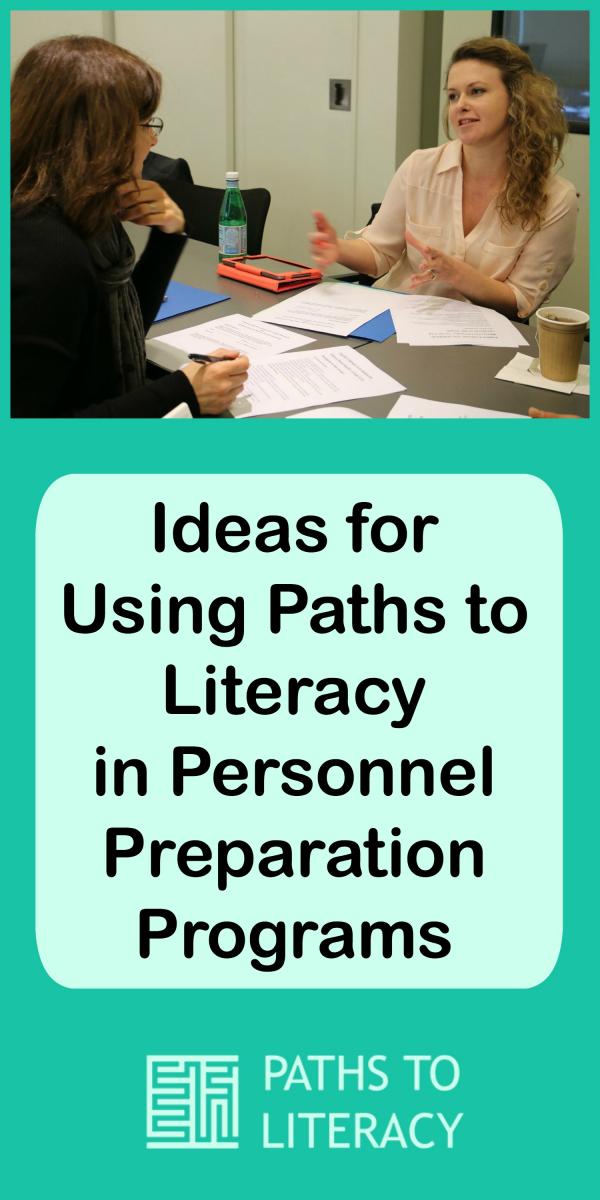

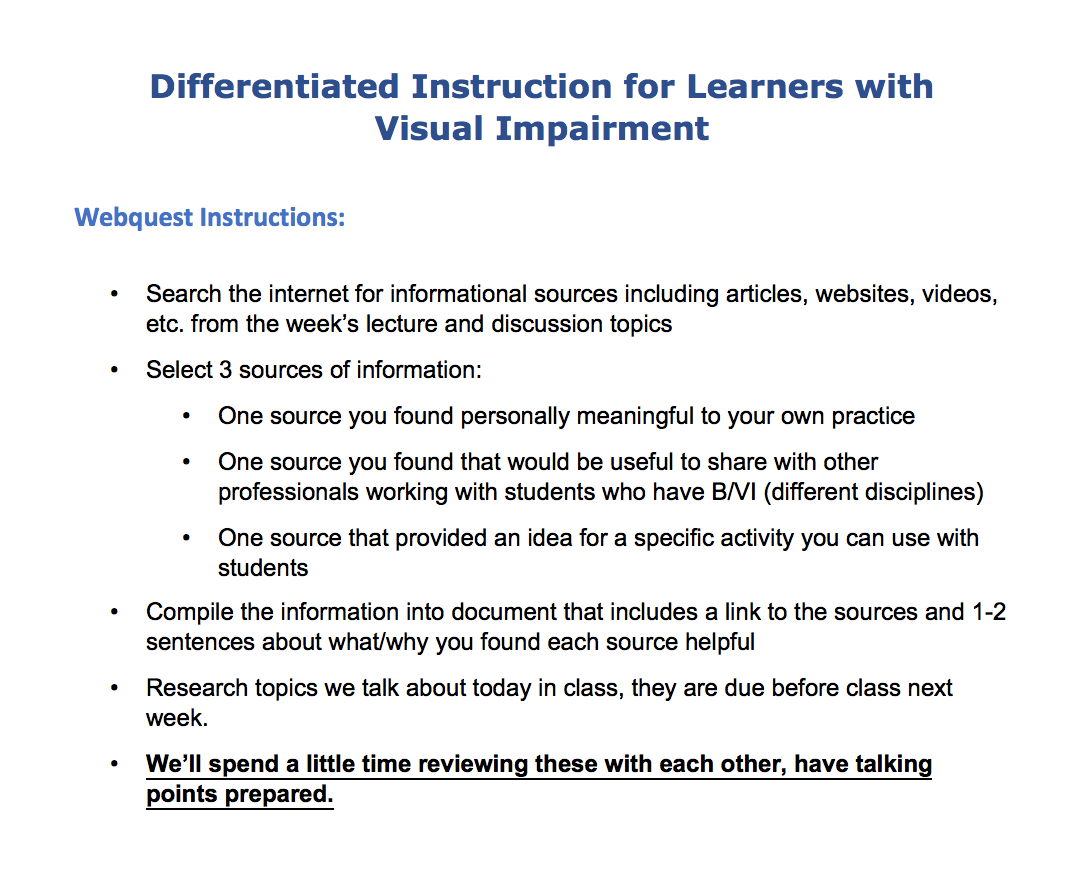

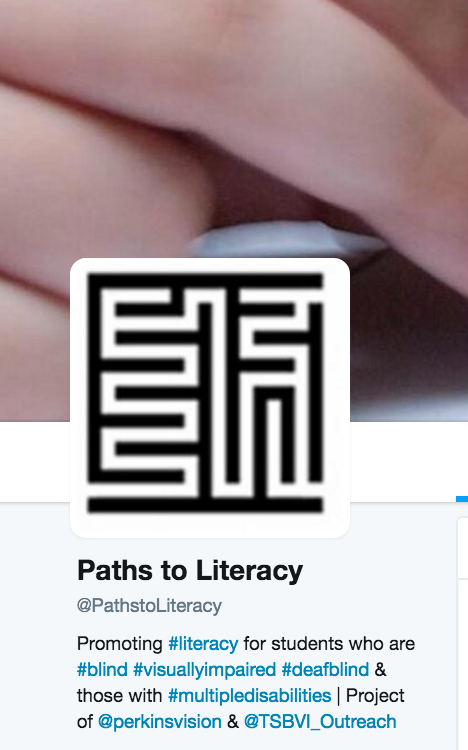
Comments
Using Paths to Literacy at UMass Boston